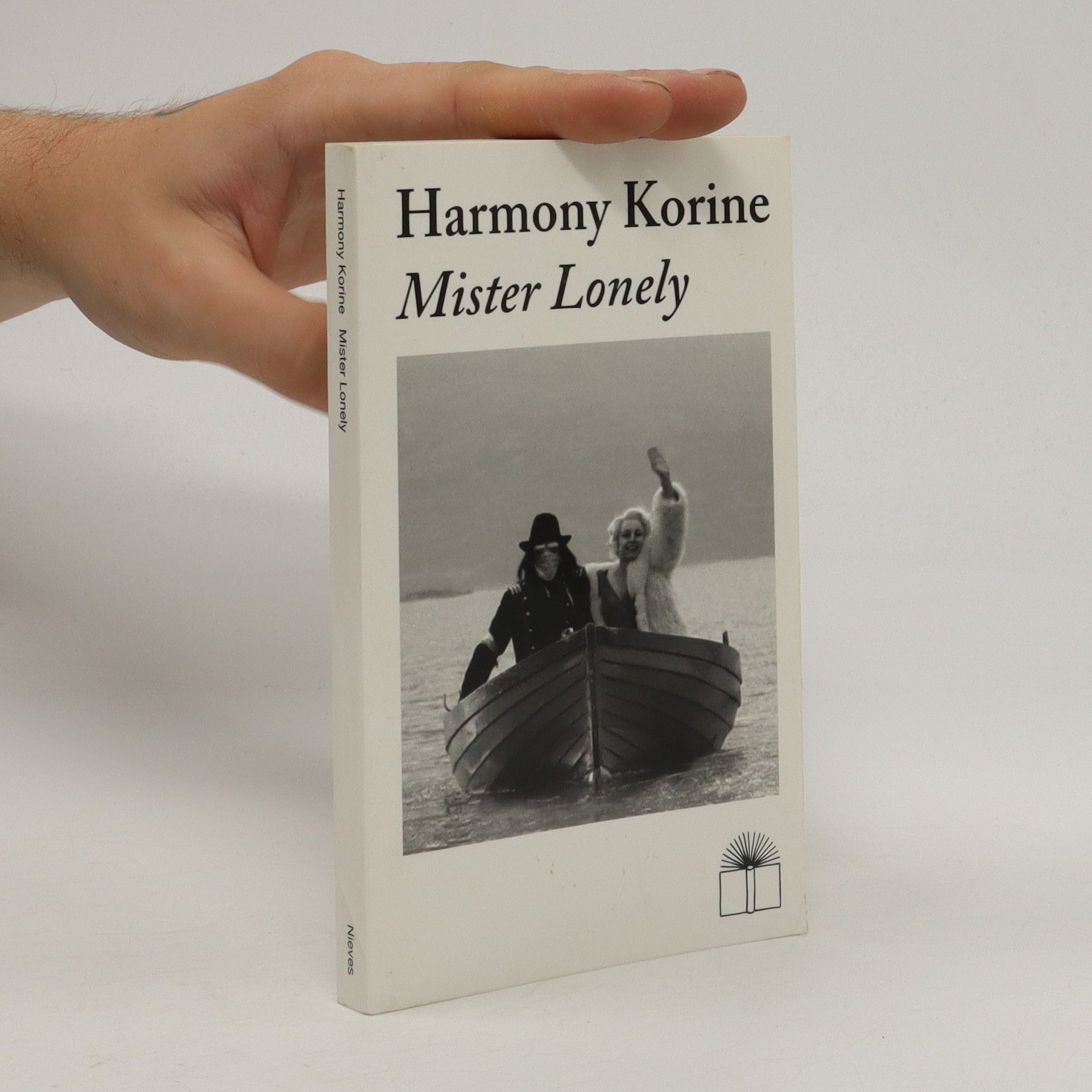William Eggleston 414
- 144 stránek
- 6 hodin čtení
The visual memoir captures a spontaneous road trip taken by Harmony Korine, Juergen Teller, and William Eggleston, along with his son, from Memphis to Mississippi. Through a blend of candid portraits and evocative images of the American landscape, the book highlights their intimate connection and shared experiences. It features striking photographs of gas stations, abandoned towns, and everyday life, while also revisiting Eggleston's iconic motifs. Eggleston himself is prominently featured, showcasing his distinctive style and presence throughout the journey.

